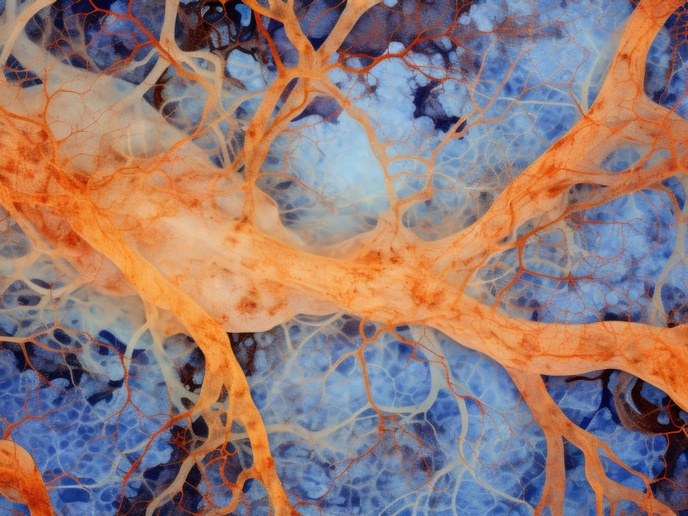Astrocytes to unlock brain neurochemical mysteries
Astrocytes(opens in new window) are highly interconnected cells that tile the brain and engage in two-way communication with neurons, mainly through neurotransmitters or neuromodulators. These signalling substances of the brain bind to G protein-coupled receptors(opens in new window) (GPCRs) on astrocytes and initiate specific cascades of events within cells, culminating in the release of chemicals from astrocytes onto neurons. Despite the myriad neurochemicals and corresponding receptors in the brain, these molecules converge onto a relatively small number of intracellular effectors, yet each chemical having a unique “signature” within the cell. In this vast and intricate network, our understanding of how signalling specificity is achieved for each neurotransmitter remains limited.
Delineating astrocyte-mediated signalling
Undertaken with the support of the Marie Skłodowska-Curie Actions(opens in new window) (MSCA) programme, the ASTRALIS project aimed to investigate how astrocytes process neuromodulatory signals at cellular and network levels. How does norepinephrine generate specific signals within astrocytes? Is signalling specificity intrinsic to the release of the neurotransmitter itself, or does it depend entirely on cellular mechanisms such as the spatial distribution of receptors, or their ‘activation’ status? The work focused on the prefrontal cortex, an associative area of the brain that is of paramount importance in higher-order cognitive functions such as decision making and behavioural flexibility. Dysfunctions of this brain area have been linked to depression and schizophrenia. The experimental strategy involved a multidisciplinary approach with cutting-edge genetic, optical and pharmacological techniques, both ex vivo and in vivo. This enabled researchers to target astrocytes specifically and to clarify the contribution of specific receptors, gaining a detailed understanding of the intricacies of neurotransmitter signalling in the brain. Considering that numerous clinical drugs for psychiatric conditions target these receptors, the project has profound implications beyond basic biology. “ASTRALIS lays the ground for advancing existing knowledge on the broader functioning of medicinal drugs targeting these neurotransmitter systems. It will offer valuable insights for the development of improved therapies,” outlines MSCA research fellow Silvia Pittolo.
Unparalleled insight into neurochemical signalling in the brain
ASTRALIS findings challenged conventional perceptions. Researchers discovered that adrenergic receptors on astrocytes, typically associated with norepinephrine, could also be triggered by the chemically related neuromodulator dopamine(opens in new window). This discovery – consistent in vivo – led researchers to delve deeper into this unexpected signalling mechanism. “This newfound understanding questions the signalling specificity of neurotransmitters and prompts us to revisit the intricate interplay between neuromodulators and receptors, particularly in astrocytes,” highlights Pittolo.
Implications for neuroscience and neurological disorders
ASTRALIS results unveil a previously-overlooked layer of complexity in GPCR signalling, clearly indicating overlapping functions of important brain chemicals such as dopamine and norepinephrine. In addition, this work suggested astrocytes are capable of detecting different signals in distinct cortical regions, challenging traditional views of astrocyte homogeneity. “Astrocytes are emerging as dynamic and region-specific players in neural communication, with potential new roles in health and disease,” emphasises Pittolo. As the project concludes, the hope is that this improved understanding of neuromodulatory systems will deepen our comprehension of psychiatric conditions where such brain chemicals are tangled, paving the way for more effective therapeutic strategies. Future endeavours will focus on unravelling the overlapping functions of dopamine and norepinephrine, elucidating the brain circuits and cell types involved. This will be critical in clarifying the mode of action of many drugs used in the clinics that target one or both of these neuromodulatory systems of the brain.







